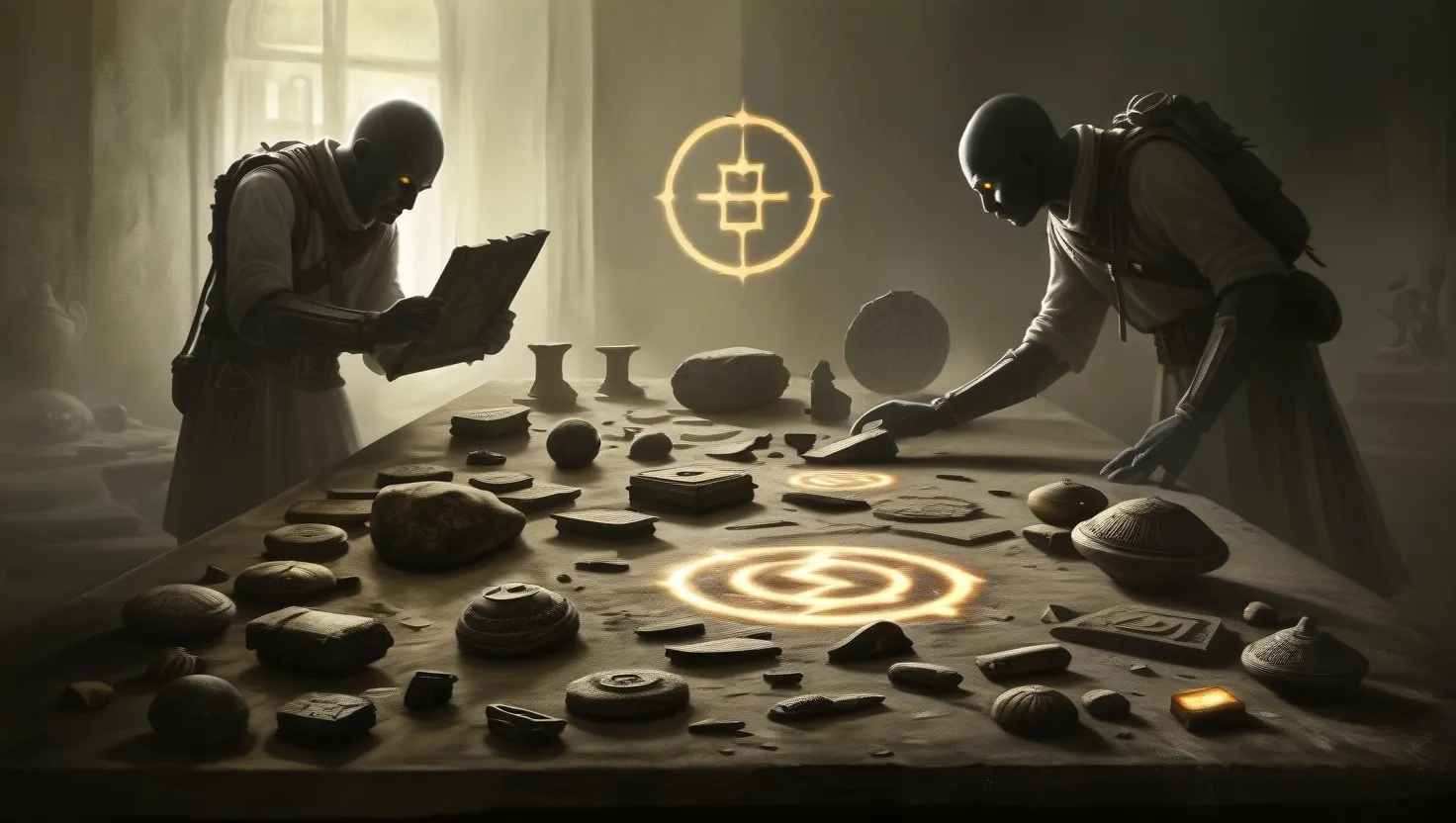Back in the early morning of January 4th, 2012, the internet was greeted with a peculiar post on a black background with the cryptic message, “Hello. We are looking for highly intelligent individuals. Find the message hidden in this image, and it will lead you to us. Good luck. 3301.” It sparked an immediate frenzy of speculation. Was this a government agency like the NSA or MI6? Or perhaps something even more shadowy? Its mysterious nature only fueled the intrigue, and soon the hunt for Cicada 3301 was in full swing.
Suddenly, a seemingly quiet corner of the internet had become the scene of a global intellectual treasure hunt. Participants were lured into a world of complex puzzles with promises of enlightenment, and perhaps an invitation into an enigmatic group. For the clever and the curious, this was irresistible. The internet is a realm where secrets can live in plain sight, inviting the bold and the brainy to uncover their mysteries.
The puzzles began on 4chan with little more than a single image file. It appeared unassuming, but intricate layers of deception and challenge lay beneath. Solvers knew they were entering a game designed to test their intellect and ingenuity. The image, it turned out, contained a message. When opened in a text editor, a string of unusual characters pointed to a Caesar Cipher, a time-honored method of encryption dating back to Ancient Rome. By shifting the letters a few places down the alphabet, a new URL came into focus—revealing yet another clue.
For those engaged in the challenge, this was just the start. Each clue increased in complexity, winding through layers of technological and historical references, from Roman emperors to cryptic Reddit pages and beyond. When a puzzle demanded solving via OutGuess—a steganography program—participants learned to hide and reveal messages within files. Steganography itself is an art: instead of securing data like encryption, it conceals its very existence. Like an undercover spy disguised in a crowd, these hidden messages became whispers buried in the noise of the internet.
In this elaborate scavenger hunt, solutions lay shrouded within cultural riddles like book ciphers, where phrases were decoded using key texts such as ancient myths of King Arthur and the Knights’ quest for the Holy Grail. Around every corner, the puzzles pointed back to shared human stories, seamlessly blending history with the digital age.
And the hunt wasn’t limited to the online sphere. Coordinates embedded in the digital clues led to real-world locations across the globe. Mysterious posters adorned with Cicada images and QR codes cropped up in different countries, inviting only the truly dedicated to step out from the glow of their computer screens into the tangible world. Participants wondered: was this a clever endeavor to sift out solitary thinkers or a way to measure commitment to the cause?
Yet, Cicada 3301 maintained the same refrain throughout: it wasn’t just about solving a puzzle; it was about finding the right people. Those who reached particular milestones were invited to create new email addresses and communicate via channels often reserved for the covert: encrypted messaging, onion routing on the dark web, even developing anonymous identities. For some, it was like peering behind a curtain at an enticing world of secrecy and freedom from oversight.
What did Cicada 3301 want? Ideologically, it leaned towards the ideals of privacy, freedom from censorship, and the empowering of knowledge—early communications with select recruits hinted at this ethos. Though many speculated that a government agency was pulling the strings, it’s said the group aimed to advance cryptography for societal protection and development.
The tantalizing array of puzzles and entailed recruitment attempts occurred annually, capturing global attention with professional code breakers eyeing each release. Participants were simultaneously enthralled and stumped, often forming online communities to share their passion and strategies as they progressed through the layers of ambiguity.
But by January 2014, as new Cicada puzzles were introduced, a noticeable shift occurred. This time, the focus was on a document—a cryptic tome called “Liber Primus.” Its pages were cloaked in runes and mysterious writings, providing an elusive map to enlightenment. People speculated over its true purpose as solvers translated what few pages they could manage, each sentence seemingly deeper and less accessible than the last.
Three cycles passed with their accompanying mystique, drawing the brightest minds and keeping audiences captivated across the digital landscape. Yet, eventually, communication dwindled. The final known message in 2017 cautioned against false paths and reaffirmed the authenticity only verifiable through a specific PGP signature—a digital fingerprint for all communications.
Today, Cicada 3301 remains an enigma. The stored silence leaves questions unanswered about its goals, affiliations, or indeed its true nature. Was it a game engineered for recruitment? A social experiment? Or the work of an elusive collective seeking to act beyond the reach of conventional systems? One thing is definite: Cicada 3301 changed how digital communities perceive puzzles and engagement, setting a gold standard for enigmatic online treasure hunts designed to captivate and challenge the brilliant and the bold. Happy puzzling.






